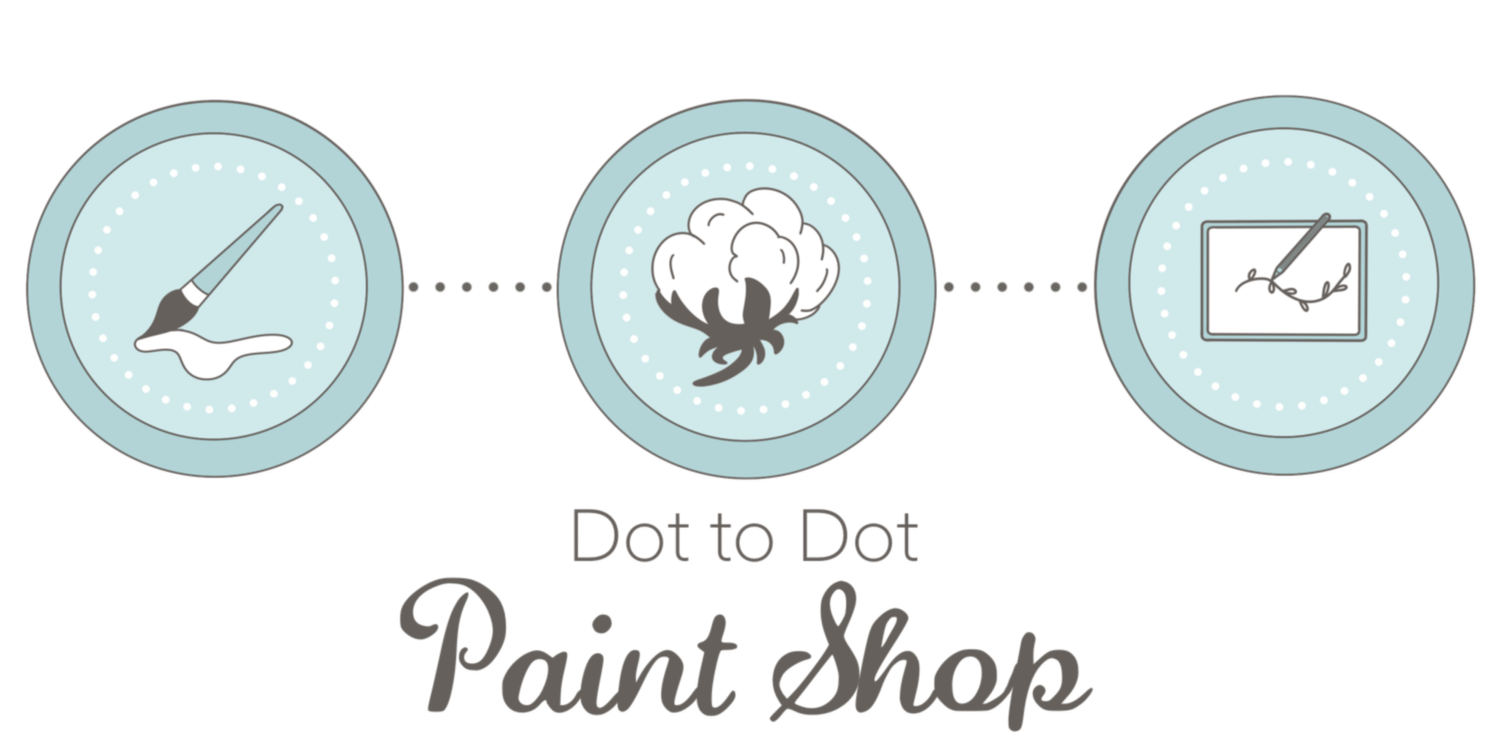How to Help Your Child Learn to Write
/I recently received a request for some creative ways to introduce letter-tracing to preschoolers, so I thought I would do a few posts about it in hopes of helping someone else as well.
It might surprise you to know that I am actually not a fan of letter tracing at all and particularly not as a way to introduce letter-writing skills. Time after time, I have observed children given a sheet of paper with the letters of their name highlighted and they are instructed to trace their name. Given that scenario, with no prior instruction in how to form the letters, most children simply make a bunch of marks in random order that somewhat cover the lines of the letters. The task is done, so, “check”, that task is completed. Except it had no meaning to the child, and they still have no idea how to write their name.
For some reason, our schools expect kindergarten children to enter school knowing how to hold a pencil correctly and write legibly when research shows that the hands of a 5 year old often are not ready for such refined movements. Learning to write letters is a process and we need to be sure we are approaching it as such.
Just like everything else in children, fine motor skills develop in a specific order and teaching how to write the letters in a name should follow that order as well. Skipping steps or rushing things does not mean that they will learn it earlier. Instead, it just adds to the confusion and puts un-needed stress on children who aren’t ready. Young children’s movements develop in the large muscles first (think walking, throwing things, carrying things, etc.) and are gradually refined to include the small muscles (writing, manipulating puzzles, building with small blocks, etc.). Handwriting instruction should follow that same pattern - large muscle to small muscle.
While I encourage you to expose even very young children to letters and words in books and signs, and to reinforce the names and sounds of letters with them without pressure to learn them, I would not begin any sort of formal instruction of writing letters until they are older preschoolers. Some children are particularly interested in drawing and writing: for example, my oldest daughter loved letters and knew them all by the time she was 2 years old. By 2 1/2, she wanted to write. She would ask me how to write letters all the time, so I showed her, but, I never did any sort of formal letter-tracing, follow the lines, etc. I did, however, let her do all sorts of coloring and creating on her own. And although I showed her the correct formation of letters, I never expected her to catch on really understand how to form the letters herself until she was much older.
So what should we do? We can help prepare those fingers in a developmentally appropriate way. Developmentally appropriate instruction in letter/name writing might not really look like writing at all to an outsider, but those prerequisite skills are very important for later success. In my next few posts, I’ll give you some concrete activities that will help your child develop their handwriting skills in an appropriate and fun way.




